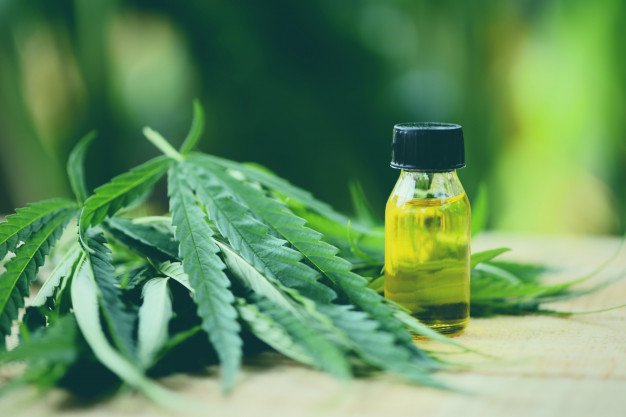No matter where you are in the world, you, unfortunately, haven’t been able to escape the COVID-19 virus. For most of us, that means we’ve been stuck inside while the world tries to get back to some sense of normalcy.
Now, since we’re all stuck at home, we’ve taken some time to put together a small list of things that we can all try to help us pass the time. Some might not fit everyone’s interests, but hopefully, it gets some ideas pumping for you!
Here are 5 Different Things You Can Try During Quarantine:
1. Study a New Language
This one is much easier said than done, sure. But, don’t let your own personal roadblocks get in the way. Nothing is holding you back from downloading an app like Duolingo and taking the first step to getting started.
Even if you have tried and given up before, maybe even multiple times, there’s no time like the present!
To be fair, not everyone will have the time due to family issues to devote to something like this. However, hear me out. Using an app makes it super easy to have the app on the tip of your fingers. All you need, according to the app, is 20 minutes a day. You can set goals for yourself based on your schedule. All it takes is a little effort and motivation. I believe in you!
2. Try a New Relaxation Method with CBD
Maybe on the flip side of studying a new language, you want to just take time for yourself and relax. I don’t blame you one bit. One thing that I’ve gotten into recently is CBD. There are numerous different products that offer different strengths for whatever you need.
From oils and gummies, all the way to bath bombs and facemasks, there’s a way to get a relaxing CBD fix in just about anything.
CBD can be used to help you relax, all without the side effects of getting high. CBD stands for cannabidiol, which is a strand of marijuana. This extract does not contain the strand of THC, which is the chemical that gives you that high feeling.
Remember: CBD might not be for everyone. If you have any preexisting health conditions, make sure you consult with your doctor.
3. Start an at Home Workout Routine
This isn’t something that I at all wanted to take part in, but I finally broke down. A huge benefit to starting some type of at-home workout routine is not just your physical health. Getting the endorphins going is excellent for your mental health as well!
A few celebrities even came out and offered free at-home workout plans. Now more than ever, we must take care of our mental health.
For whatever your reasons may be for doing some at-home workouts, Whatever your reasons, just try and get out and do something, so you don’t get stir crazy!
4. Find a New Hobby
Maybe you can use some of the extra time inside to explore a few different hobbies. Have you ever wanted to start that Youtube channel? Do it now. Ever wanted to take up painting? Go for it!
Just like you, your kids have gotten bored staying indoors all the time. You can pick out a great dance studio in Singapore for them and send them to have tons of fun. This can help them learn a new skill, and keep them healthy, all at the same time!
The sky’s the limit for you to try out some new hobbies! There are so many resources online that you can use to learn things. Whether it’s a new skill you want to learn, something to brush up on doesn’t matter. This is all about you!
Just take some time and learn what you want, do something that you really enjoy!
5. Take Virtual Trips Around the World
That’s right, you can travel the world during quarantine!
Well, in a sense, you can.
There are many different companies like zoos, parks, museums, and more offering virtual tours that you can take! As long as you have an internet connection and some time to sightsee, you’re well on your way!
You can link up with your friends on zoom or fly solo, totally up to you!
It’s pretty wild that we live in a day and age where we can have basically the entire world right at our computer screens. In a matter of seconds, you can be anywhere in the world seeing breathtaking views or historical monuments.
How awesome is that?
Conclusion
We’re nearing the end (hopefully) of this COVID-19 lockdown, but some of these tips will still be relevant. Some people will probably want to stay inside. If you’re one of those people, take a bit of the extra time you may have and put it to good use!
Read also:


























